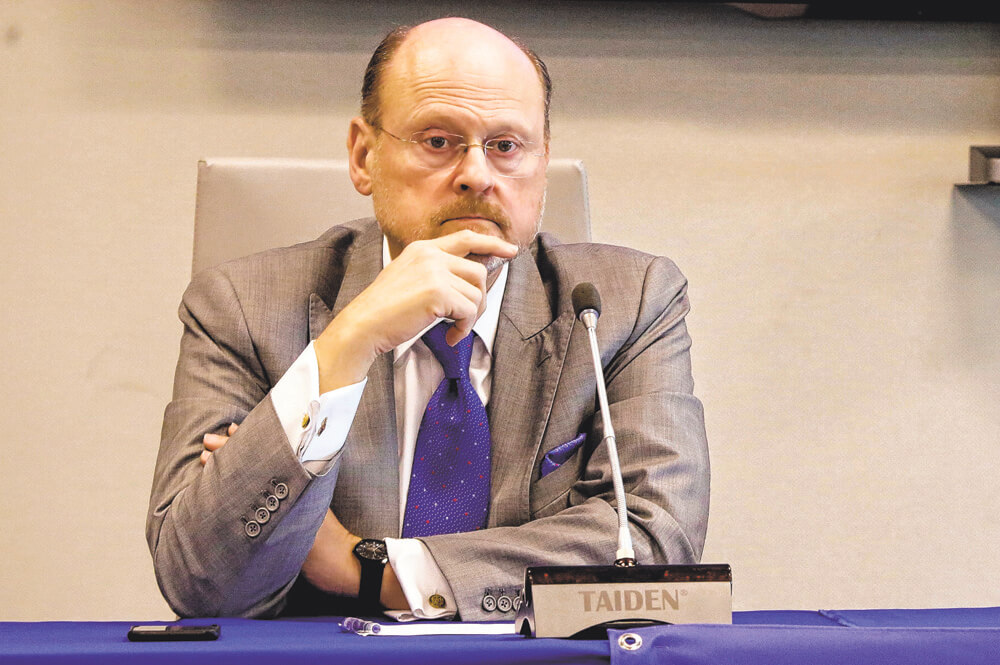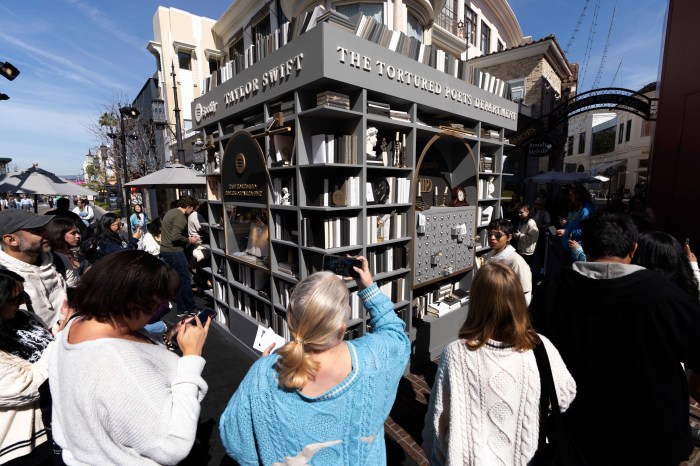MTA Chair Joseph Lhota has resigned after serving about a year and a half in the role he was asked to fill by Gov. Andrew Cuomo, the transit agency confirmed Friday morning.
The MTA’s vice chairman Fernando Ferrer will serve as acting chair in Lhota’s absence until the state Senate can reconvene in January and with a Democratic majority for the first time since 2010.
“In late spring 2017, following a well-documented period of rapid deterioration of transit services, I volunteered to become MTA chairman with the sole purpose of halting the decline of service and stabilizing the system for my fellow New Yorkers,” Lhota said. “The Subway Action Plan was developed in my first month at the MTA and it has successfully arrested the subway’s decline. The plan has produced a 34.8% decline in major subway incidents causing delays (a comparison of 9/2017 to 9/2018). In September 2018 the number of total train delays fell to the lowest point since February 2016. There is still a long way to go to achieve the performance that New Yorkers demand and deserve.”
Lhota, 64, also guided the MTA and LIRR through what Cuomo called the “summer of hell” in which the troubles on the subway system coincided with overhauls in Penn Station that required 20 percent of tracks used by the Long Island Rail Road to be brought in a state of good repair over the course of eight weeks.
“Joe Lhota has dedicated decades of his life to public service culminating in two tours of duty at the helm of the MTA. He stabilized the subway system, appointed a new leadership structure, and led with a steady hand during some of the agency’s most challenging moments,” Cuomo said on Twitter.
Lhota’s tenure as chairman included work to stabilize the subway system that had been suffering with poor performance, malfunctions and meltdowns and came back to lead to state agency after a derailment at the 125th Street stop of the A, C line in Harlem in June of 2017.
Lhota was praised by Cuomo within weeks of assuming the position after drafting a plan to reign in the issues in the short term which cost about $800 million, half of which the city would go on to front the money for.
The Riders Alliance, one of the MTA and Cuomo’s most outspoken critics, praised the leadership of Lhota in a statement.
“We thank Joe Lhota for his second tour of service to transit riders,”John Raskin, the executive director of the organization, said. “The chairman’s job is important but the person who will really determine the future of public transit was just reelected on Tuesday. Governor Cuomo needs to appoint a capable chair, but most importantly he has to pass a funding package that will make the MTA’s Fast Forward modernization plan a reality.”
Though Lhota’s tenure with the MTA was respected by the Tri-State Transportation Campaign, the activist group issued a statement calling for the Senate to approve a replacement without commitments or duties outside to MTA in order to keep the ball rolling on the progress made in the past year and a half.
“Under Chairman Lhota’s two tenures at the MTA, he led the agency through the crisis of Superstorm Sandy and enabled New York Transit President Andy Byford to devise a rescue plan for our ailing subway and bus network,” Executive Director Nick Sifuentes said. “Now we face a different crisis, and Chairman Lhota’s resignation is a chance for the agency to bring in a new leader who can devote all their attention to the most pressing need in New York today: fixing our public transit network and preventing our city from grinding to a halt.”
Many transit advocates are still urging the Cuomo and the MTA to implement congestion pricing, an $11 toll imposed on driver entering Manhattan below 59th Street during peak hours, with NYCTransit President Andy Byford’s Fast Forward plan expected to cost anywhere between $19 billion and $60 billion.
Transportation in Queens has been shaping up under the watch of Lhota and Byford with CBTC getting the full install along the 7 train to replace the antiquated analog signals attributed with meltdowns.
But this improvement will be short-lived with the transit agency adding 14 additional trains to the 7 line ahead of the L train closure expected to overflow onto both the 7 and the M.
This is developing story and will be updated as more information comes forward.
Updated at 1:10 p.m.

































